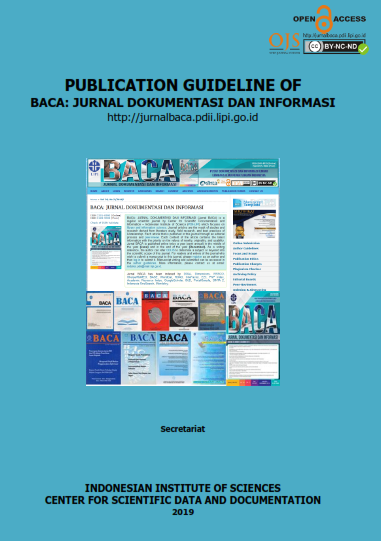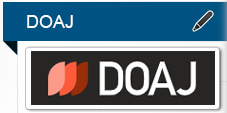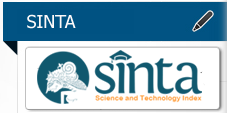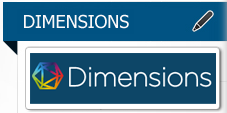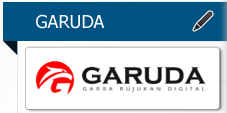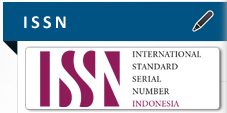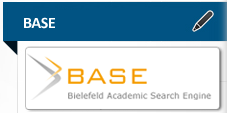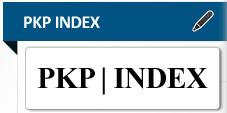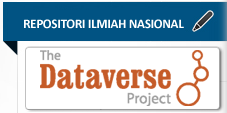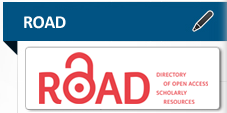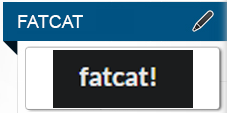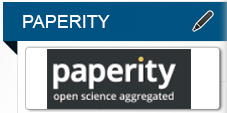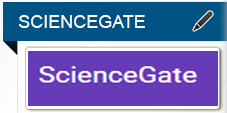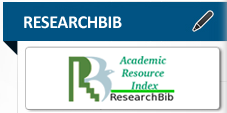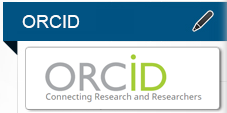EVALUASI KETERGUNAAN WEBSITE PERPUSTAKAAN UNIVERSITAS INDONESIA MENGGUNAKAN SYSTEM USABILITY SCALE
Abstract
The University of Indonesia (UI) Library has a website that is accessed by students to meet their information needs. Evaluation of usability on the university library website is important so that users remain loyal to visit it and the results can be used as a basis for further development. This study aims to evaluate the usability on the University Indonesia Library website between the batch of 2016 and 2019 and compare its results. The method used in this study is descriptive quantitative using a questionnaire based on the System Usability Scale. Questionnaires are distributed online through instant messaging applications and social media. The research data were analyzed using the System Usability Scale score calculation technique, then the results were compared between the two batches. The results of the analysis showed that the batch of 2016 had a better website usability value than the batch of 2019. The two batches also have good user experience based on the five components of Nielsen's usability, namely learnability, efficiency, memorability, errors, and satisfaction. The usability of the Indonesian Library's website has not been well accepted by students of batch 2016 and 2019, although there are differences in scores between the two batches. Because the SUS score is below average and below acceptable, further research can be conducted using different method or instrument to identify the existing problems.
Keywords
Full Text:
PDFReferences
Bangor, A., Kortum, P., & Miller, J. 2009. Determining What Individual SUS Scores Mean: Adding An Adjective Rating Scale. Journal of usability studies, 4(3), 114–23.
Bank, C. & Cao, J. 2014. UX Design Process & Documentation. UXPin. https://doi.org/10.1126/science.98.2540.213.
Brooke, J. 1996. SUS-A Quick and Dirty Usability Scale. Usability Evaluation in Industry, 189(194), 4–7.
Cockton, G. n.d. Usability Evaluation. The Encyclopedia of Human-Computer Interaction. (2nd ed.). di https://www.interaction-design.org/literature/book/the-encyclopedia-of-human-computer-interaction-2nd-ed/usability-evaluation.
Creswell, J. W. 2017. Research Design: Qualitative, Quantitative, And Mixed Methods Approaches. SAGE Publications.
Faulkner, L. 2003. Beyond The Five-User Assumption: Benefits of Increased Sample Sizes in Usability Testing. Behavior Research Methods, Instruments, and Computers, 35(3), 379–83. https://doi.org/10.3758/BF03195514.
Garrett, J.J. 2011. The Elements of User Experience: User-Centered Design for The Web and Beyond, (2nd ed). Berkeley: New Riders.
Genuis, S.K. 2004. Web Site Usability Testing: A Critical Tool for Libraries Usability testing in library. Feliciter, 4, 161–64.
IFLA. 2014. IFLA/UNESCO Manifesto for Digital Libraries. di http://www.ifla.org/publications/iflaunesco-manifesto-for-digital-libraries.
Inal, Y. 2017. University Students' Heuristic Evaluation of The National Library of Turkey Website. ASLIB: Journal of Information Management, 70(1), 66-77. https://doi.org/ 10.1108/AJIM-09-2017-0216.
ISO. 2019. ISO 9241-210:2019 Ergonomics of Human-System Interaction — Part 210: Human-Centred Design For Interactive Systems. di https://www.iso.org/obp/ui/#iso:std:iso:9241:-210:ed-2:v1:en.
Istiana, P. 2011. Evaluasi Usability Situs Web Perpustakaan. Visi Pustaka, 13(3), 5–10.
Kous, K., Pušnik, M., Heričko, M. & Polančič, G. 2019. Usability Evaluation of a Library Website with Different End User Groups. Journal of Librarianship and Information Science, 1(1), 1-16.
McKay, E. 2013. UI is Communication: How To Design Intuitive, User-Centered Interfaces by Focusing on Effective Communication. Burlington: Morgan Kaufmann.
Nielsen, J. 2012. Nielsen Norman Group Usability 101: Introduction to usability. Nielsen Norman Group. https://doi.org/10.1097/JTO.0b013e3181b27170r01243894-200909002-00002.
Phongphaew, N. & Jiamsanguanwong, A. 2018. Usability Evaluation on Learning Management System. Advances in Usability and User Experience, 607, 39-48. https://doi.org/10.1007/978-3-319-60492-3_4
Reitz, J. M. 2014. Online Dictionary for Library and Information Science. ABC-CLIO > ODLIS > D. di https://www.abc-clio.com/ODLIS/odlis_d.aspx.
Rukajat, A. 2018. Pendekatan Penelitian Kuantitatif: Quantitative Research Approach. Deepublish.
Rumbiak, M. & Setiawan, J. 2017. Evaluasi Usability Website library.umn.ac.id Universitas Multimedia Nusantara. Ultima InfoSys: Jurnal Ilmu Sistem Informasi, 8(2), 87–94. https://doi.org/https://doi.org/10.31937/si.v8i2.618
Sauro, J. & Lewis, J. R. 2016. Quantifying the User Experience: Practical Statistics for User Research. Burlington: Morgan Kaufmann.
Soejono, Wibowo, A., Setyanto, A., & Sofyan, A.F. 2018. Evaluasi Usability Website UNRIYO Menggunakan System Usability Scale (Studi Kasus: Website UNRIYO). Jurnal Teknologi Informasi Respati, 13(1), 29–37. https://doi.org/10.35842/jtir.v13i1.213.
Stull, E. 2018. UX fundamentals for non-UX professionals. https://doi.org/10.1007/978-1-4842-3811-0.
DOI: https://doi.org/10.14203/j.baca.v41i2.622
Copyright (c) 2020 BACA: JURNAL DOKUMENTASI DAN INFORMASI

This work is licensed under a Creative Commons Attribution-NonCommercial-NoDerivatives 4.0 International License.











